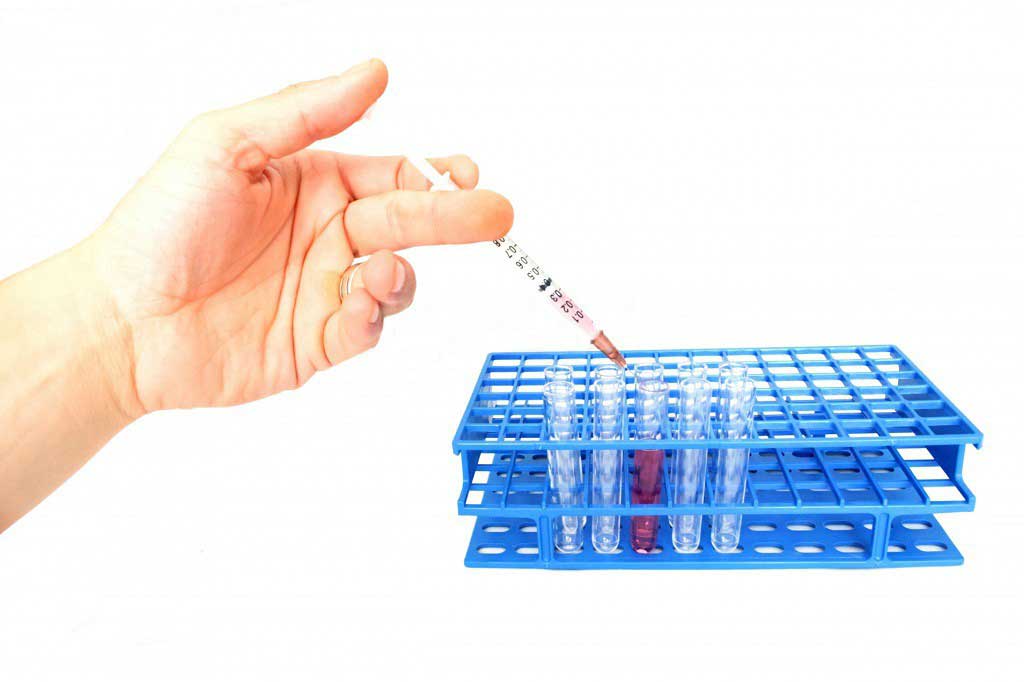Anaphylaxis
Introduction
Anaphylaxis is a severe and potentially life-threatening reaction to a trigger such as an allergy.
It's also known as anaphylactic shock.
This page covers:
Symptoms of anaphylaxis
Anaphylaxis usually develops suddenlyand gets worse very quickly.
The symptoms include:
- feeling Lightheadedness
- breathing difficulties such as fast, shallow breathing
- wheezing
- a fast heartbeat
- clammy skin
- confusion and anxiety
- collapsing or losing consciousness
There may also be other allergy symptoms , including an itchy, raised rash (hives) , feeling or being sick, swelling (angioedema) ,or stomach pain .
What to do if someone has anaphylaxis
Anaphylaxis is a medical emergency. Itcan be very serious if not treated quickly.
If someone has symptoms of anaphylaxis, you should:
- call 999 for an ambulance immediately mention that you think the personhasanaphylaxis
- removeany trigger if possible for example, carefully remove any wasp or bee sting stuck in the skin
- lie the person down flat unless they're unconscious, pregnantor having breathing difficulties
- use anadrenaline auto-injector if the person has one but make sure you know how to use it correctly first
- give another injection after 5-15 minutes if the symptoms don't improve and a second auto-injector is available
If you're having an anaphylactic reaction, you can follow these steps yourself if you feel able to.
Read about how to treat anaphylaxis for more advice about using auto-injectors and correct positioning.
Triggers of anaphylaxis
Anaphylaxis is the result of the immune system the body's natural defence system overreacting to a trigger.
Thisis often something you're allergic to, but isn't always.
Common anaphylaxis triggers include:
- foods including nuts, milk, fish, shellfish, eggs and some fruits
- medicines including some antibiotics and non-steroidal anti-inflammatory drugs (NSAIDs) such as aspirin
- insect stings particularly wasp and bee stings
- general anaesthetic
- contrast agents special dyes used in some medical tests to help certain areas of your body show up better on scans
- latex a type of rubber found in somerubber gloves and condoms
In some cases, there's no obvious trigger. This isknown asidiopathic anaphylaxis.
Preventing anaphylaxis
If you have a serious allergy or have experienced anaphylaxis before, it's important to try to prevent future episodes.
The following can help reduce your risk:
- identify any triggers you may be referred to an allergy clinic for allergy tests to check for anything that could trigger anaphylaxis
- avoid triggers whenever possible for example,you should be careful when food shopping or eating out if you have a food allergy
- carryyour adrenaline auto-injector at all times give yourself an injection whenever you think you may be experiencing anaphylaxis, even if you're not completely sure
.
Introduction
Find out about the symptoms of anaphylaxis, how to treat it, why it happens and how to prevent it.
Symptoms
The symptoms include: feeling lightheadedness, breathing difficulties such as fast, shallow breathing, wheezing, a fast heartbeat, clammy skin, confusion and anxiety, collapsing or losing consciousness.
Treatment
Find out what to do if you think you or someone else is experiencing anaphylaxis.
Prevention
Find out what you can do to reduce your risk of experiencing anaphylaxis, including avoiding triggers and carrying an adrenaline auto-injector at all times.







 Subscribe
Subscribe Ask the doctor
Ask the doctor Rate this article
Rate this article Find products
Find products